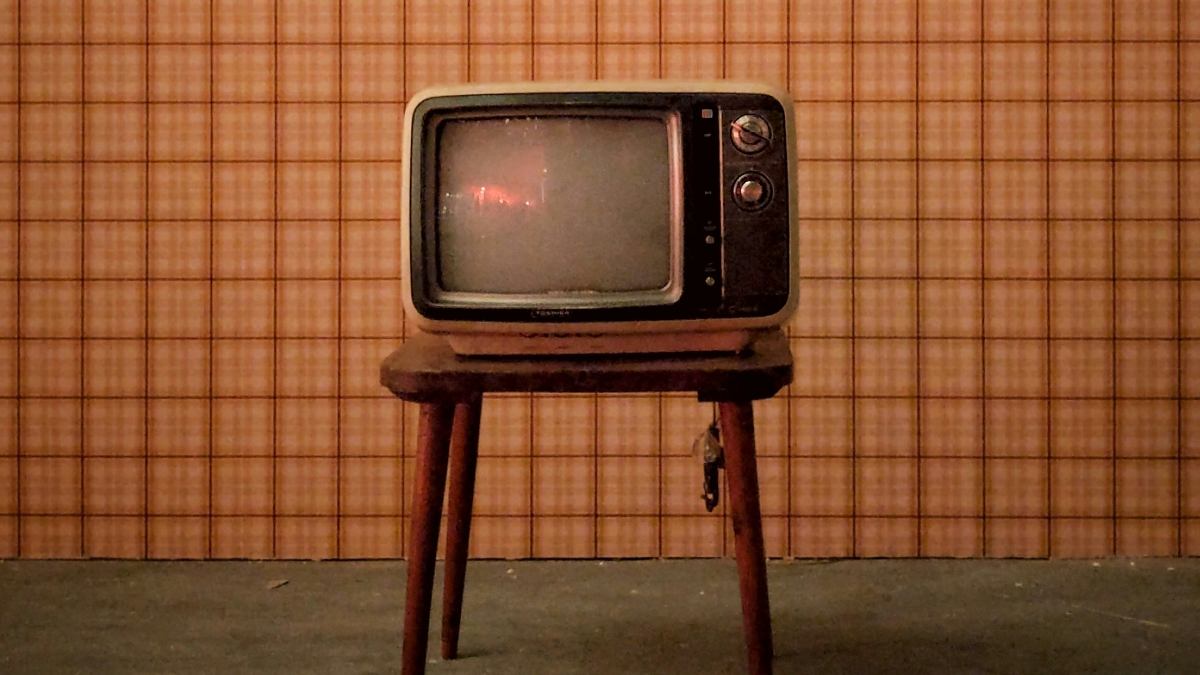
Is 'New-Age Nostalgia' More Bitter Than Sweet? A Psychologist Explains
In the digital age, nostalgia looks different to how it used to. But is it any healthier?

By Mark Travers, Ph.D. | March 01, 2024
Do you ever find yourself scrolling through old photos or reminiscing about cherished memories from the past? You're not alone. Nostalgia is a universal human experience, deeply rooted in our psyche and emotions. Recently, there has been a noticeable surge in nostalgic trends on social media platforms—where users around the world are tapping in to share photos of their younger selves—indicating a global embrace of nostalgic sentiments.
While nostalgia has always been a part of the human experience, the digital age has revolutionized the way we express and engage with our nostalgic impulses. It's increasingly apparent that new-age nostalgia is reshaping our present selves and our relationships with our past.
What Does Nostalgia Look like In The Digital Age?
Nostalgia is a complex emotion characterized by a longing for the past, commonly accompanied by feelings of warmth and fondness. Often described as a bittersweet emotion, nostalgia's mix of tenderness and yearning for simpler times can have a complicated impact on an individual.
Research suggests that nostalgia is a natural part of growing older. However, the study found college and university years are peak times for experiencing nostalgic sentiments. This surge in nostalgia among younger generations aligns with the recent trends observed in our interactions with technology:
- Retro gaming. Vintage video games from the 80s and 90s have experienced a resurgence in popularity, with platforms like Nintendo's Virtual Console and retro-inspired indie games tapping into gamers' nostalgia for simpler times. The ability to revisit classic games from their childhood allows individuals to recapture the joy and excitement of their youth, creating a sense of continuity across generations of gamers.
- Social media throwbacks. The trend of "throwback Thursday" (#TBT) and "flashback Friday" (#FBF) on social media platforms allows users to share old photos and memories, often accompanied by nostalgic captions, fostering a sense of connection and shared experiences. These nostalgic posts serve as digital time capsules, preserving precious memories and allowing individuals to relive significant moments from their past.
- Nostalgic filters, effects and media. Apps like Instagram and TikTok offer nostalgic filters and effects that mimic the look of old film cameras or retro video game graphics, allowing users to add a nostalgic flair to their photos and videos. Furthermore, contemporary music and film often pay homage to older styles and eras, integrating nostalgic elements into modern media consumption. By incorporating nostalgic aesthetics into their content, creators can evoke and share their bittersweet longing, tapping into the collective memories of their audience.
- Digital archives and memory preservation. Digital archives, online communities and virtual museums play a vital role in preserving and sharing nostalgic artifacts, such as vintage advertisements, TV shows and music playlists, ensuring that cultural heritage is accessible to future generations. These digital repositories allow individuals to explore and rediscover cultural treasures from the past, bolstering our sense of connection to history and heritage.
In today's digital age, nostalgia has taken on new dimensions, expanding far beyond the confines of reminiscing over old photographs or childhood toys. With the advent of technology, nostalgia has seamlessly woven itself into our daily interactions, shaping the way we perceive and engage with the world around us.
Our digital devices serve as portals to the past, allowing us to effortlessly access and relive cherished memories with just a few taps or clicks. Whether it's rediscovering beloved songs from decades past on streaming services, or exploring virtual archives filled with cultural artifacts from bygone eras, technology has democratized the nostalgic experience, making it more accessible than ever before.
The Impact of Digital Nostalgia
Despite it being commonly perceived as a bittersweet emotion, research from the Journal of Personality and Psychology suggests that our surge in nostalgia may be more sweet than bitter, particularly for our well-being.
The study found that nostalgia is associated with a sense of meaning in life, and simultaneously increases our overall sense of purpose and fulfillment. In the digital age, nostalgia can positively influence various aspects of our lives:
- Emotional connection. Digital nostalgia fosters deep emotional bonds and a sense of shared history among individuals of all ages and backgrounds. By exchanging nostalgic content on social media, people forge meaningful connections with others who share similar memories.
- Digital identity and self-presentation. Individuals use nostalgic content to curate their digital personas, sharing throwback photos and references that reflect their personal history and identity. Through these expressions of nostalgia on social media, individuals shape how others perceive them, presenting themselves as part of a broader cultural narrative while also reinforcing their sense of self.
In today's fast-paced and often hectic world, digital nostalgia offers a welcome retreat into the comforting embrace of cherished memories from the past. By immersing ourselves in nostalgic content, we temporarily escape the stresses and pressures of the present, finding solace and reassurance amidst uncertainty and adversity.
Do you worry that excessive nostalgia may be cramping your style? Take the evidence-based Nostalgia Scale to learn more.
A similar version of this article can also be found on Forbes.com, here.
